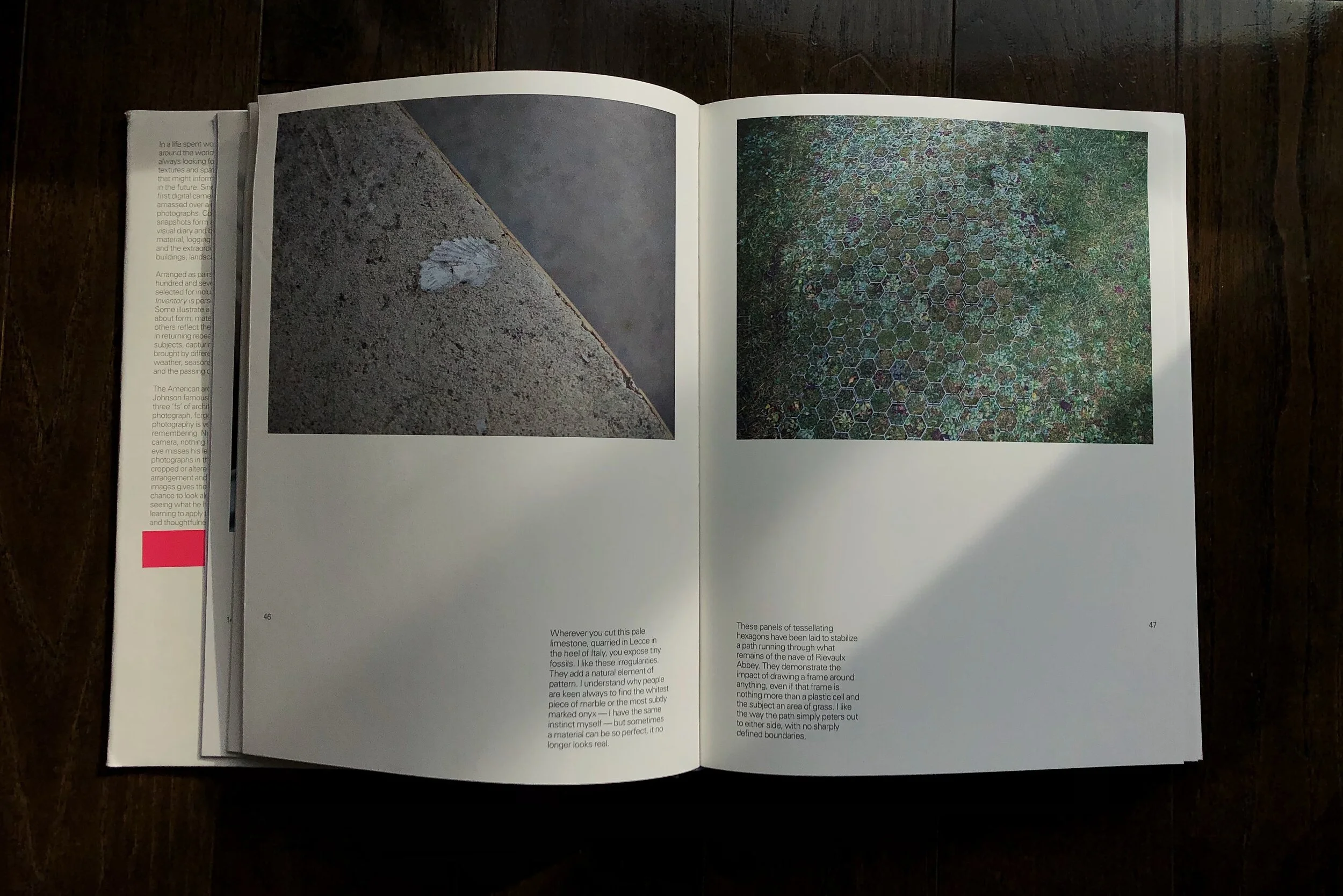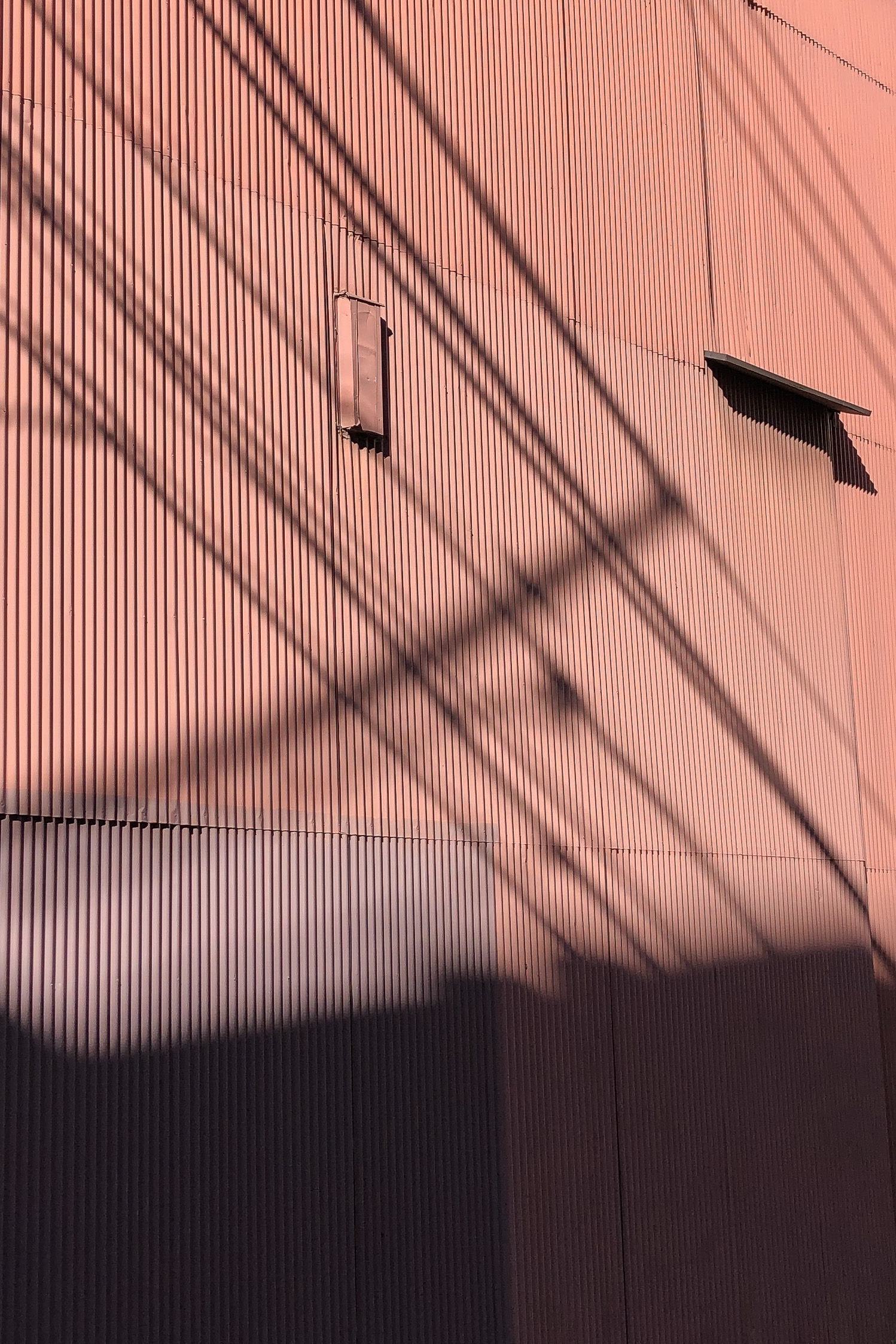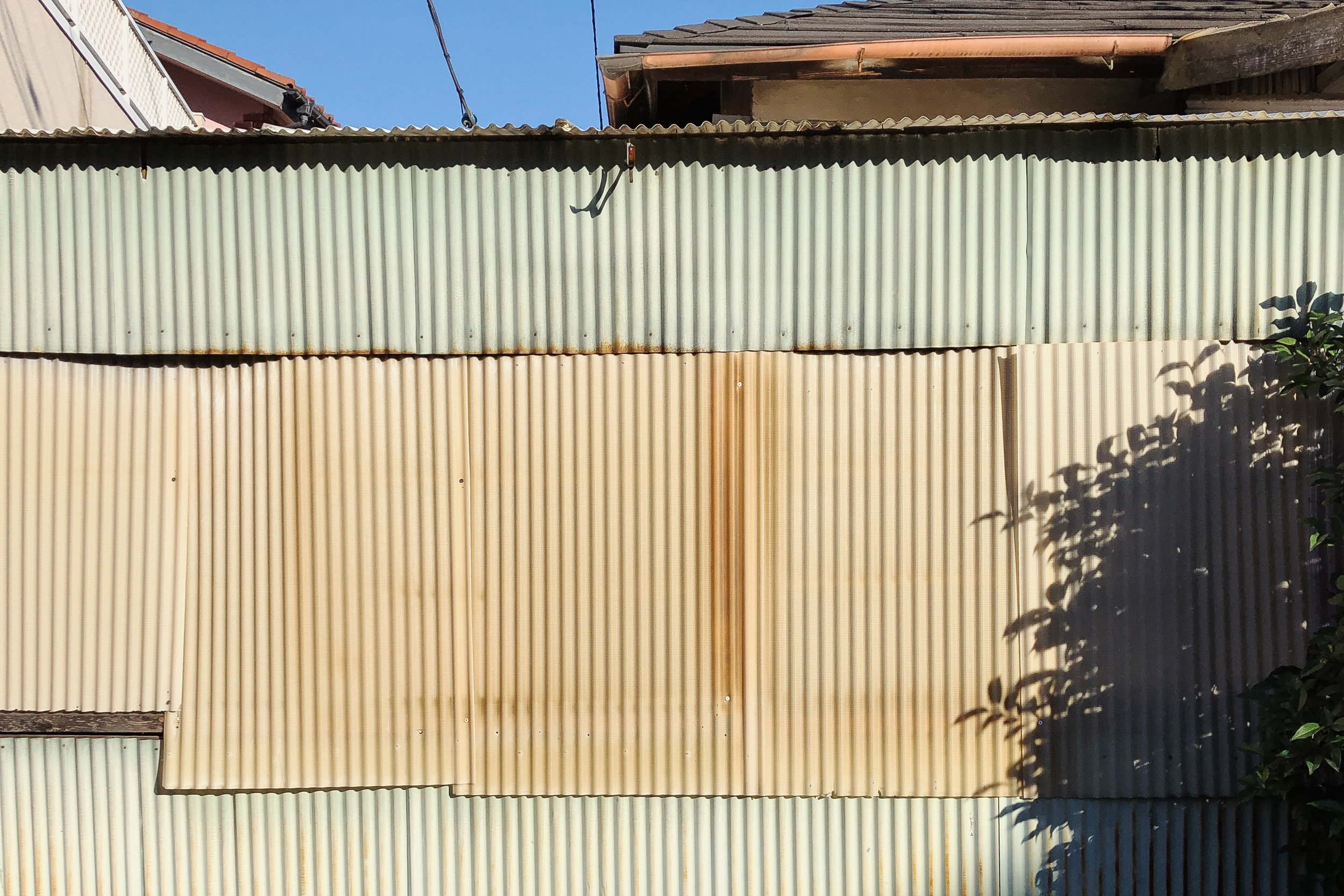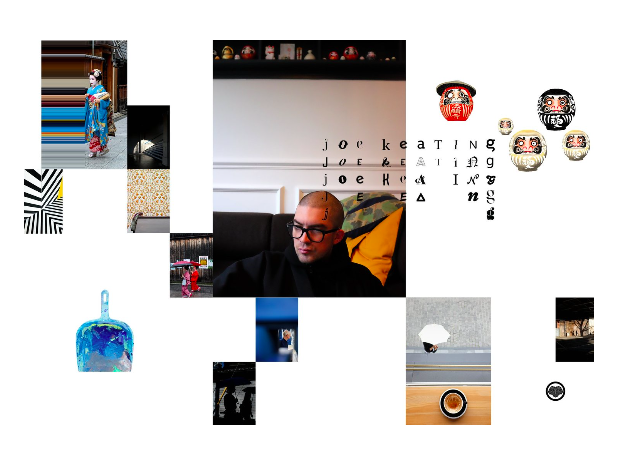BOOKS
Books: Luigi Ghirri, The Complete Essays 1973 - 1991
Currently reading….
3 BOOKS THAT INSPIRED ME TO NOTICE MORE
Here are 3 books that enabled me to articulate and tiptoe onto my path of “noticing more”. I remember the feeling of discovery when I first dipped into their pages, they were full of wide-eyed moments punctuated with, “YESSSSSSSS, THAT’S WHAT I AM TRYING TO SAY!".
These three books are I often quote and share pages of on our Instagram Stories. I drag them out when having wine-fuelled curious conversations with close friends. They are “up there” on my list of recommended reads and resources for all things Super Ordinary Life. In all honesty, they are much more than that - they extend and supersede anything that I can word and I just love them.
George Nelson. How to See. Visual Adventures in a World God Never Made.
Many will know George Nelson as a founding father of American modernism, industrial designer , architect and director at Herman Miller. Less might know that Nelson was rarely without a camera. “ He snapped photos spontaneously and constantly, less concerned about the niceties of artful composition that simply recording the people, places and things that caught his eye. dozens of rolls of films at a time”. Nelson accumulated tens of thousands of images that helped him articulate his fascination with what he called visual literacy”. This eventually grew into this manifesto on how to recognize, evaluate, and understand the objects and landscape of the man-made world.
John Pawson. A Visual Inventory.
Unfortunately, this book is out of print and I was sad when Phaidon emailed to confirm that it won’t be reprinted anytime soon. I managed to track one down online from a secondhand bookstore and it arrived a couple of days before we moved to Japan!
By the time A Visual Inventory was published in 2012, John Pawson’s photo archive held some 250,000 images. 288 of them have made it into this book where they collectively form an insightful visual diary accompanied with personal commentaries that inspire articulate ways of looking and thinking at ordinary sights.
Alan Fletcher. The Art of Looking Sideways.
Alan Fletcher was a founder of the leading design firm Pentagram and considered by many in the graphic design world to be a contemporary master. Describing himself as a ‘visual jackdaw’, Fletcher distilled a lifetime of experience and reflection into this brilliantly witty and inimitable exploration of such subjects as perception, colour, pattern, proportion, paradox, illusion, language, alphabets, words, letter, ideas, creativity, culture, style, aesthetics and value. This colossal book is a primer in visual intelligence and an exploration of the workings of the eye, the hand, the brain and the imagination. I love this book immensely, to me, it’s worth its weight in gold.
This book is also out of print but buying secondhand is a great idea!
Aside from being published by Phaidon, all three books were written by prominent designers who made a lifestyle of collecting observations. Designers have a distinctive way of observing the world in search of solutions and problems, It’s worth keeping that in mind when you consider these books. These books come at the subject of observing the everyday from a comprehensive and analytical perspective.
I will be back soon with another trio of books that inspired by journey in Super Ordinary Life.
Ways to See: Totanism
Something that gets our immediate attention when we are on one of our strolls, especially here in Japan, are “totan”.
Before we steam ahead in mad excitement about this “way to see”, we should tell you that “totan” is the Japanese word for corrugated galvanised iron or steel sheeting. Stick an “ism” at the end of that, and you have a made up word that implies the admiration of totan.
トタニズム
If there is one thing that we’ve learned about our many observational fixations is that you can bet that there are others out there who are also attracted to the same sight, be it traffic cones, fences or corrugated galvanised metal sheeting. So when we came across this book, (which is now out of print). we were less surprised than determined to have it on our bookshelf.
Totanism
by Fumiaki Ishiwata published in 2013.
The publication is slim on words but the writing that it does include is certainly inspiring even for people like us who’ve already made quite a pastime of gazing at its subject matter.
By now you might be wondering how this infatuation is actually a way to see?
The answer lies in Ishiwata’s imaginative categorisation of the various forms of Totan he’s encountered. They include groups such as the “barcode”, “graphic equaliser”, “patchwork” and “paranormal”. Although most of our own examples aren’t as clearly defined as the author’s, it’s certainly got us taking a second look and think about the totan we have previously and continue to come across.
The way we see it…….
Patchwork totan. Location: Fish Island, London"
Paranormal totan. Location: Kichijoji, Tokyo
Location: Lisbon
Location: Shimokita, Tokyo
Patchwork Totan. Stone Town, Zanzibar
Location: Matsuzaki, Shizuoka
Patchwork Totan. Location: Shimokita, Tokyo
Graphic equaliser Totan. Location: Daizawa, Tokyo
Location: Shimoda, Izu
patchwork totan. Location: Shimoda, Izu
Patchwork totan. Location: Shimokita, Tokyo
Patchwork totan. Location: Shimokita, Tokyo
Location: Higashi Kitazawa, Tokyo
Location: Daizawa, Tokyo
...each panel is quite unique, like accidental art. it just speaks to our hearts.
Corrugated galvanised metal sheeting is to us, strikingly beautiful. We get that it may not cater to everyone’s picturesque ideal but trust us, there’s something poetic about the robust, rough and ready material. From the way it ages to the way it is used in informal and industrial structures. it has to be one of the fastest and most versatile way to put up a wall or roof! Aside from the practicalities, totan is loaded with tactile sentiment and visual interest. We are enamoured by way the panels weather, rust, warp, peel and react to their specific environment, use and social context. The consequence is that each panel is quite unique, like accidental art. it just speaks to our hearts.
Totan from our friends...
We always feel so happy when people send us their photos with permission to not only share them on this blog but to also add them to our growing archive of observations. We could not, not ask style blogger JOHN JARRET for a few pictures for this first of our Totanism edition posts. He features such lovely examples in his work that it would have been rude not to get him involved somehow. We also received some observations of totan in Kyoto from the very talented and keen eye of JOE KEATING
INSTAGRAM: @iikkyu
INSTAGRAM: @_johnjarrett
Credit: John Jarrett
Location: Japan
If you would like to explore the hashtag in Japanese on Instagram, here it is ready for you to copy and paste: #トタニズム
Totanism is a subject we are already looking forward to revisiting with future blog posts, so if you do have any pics or words that you would like to share there are a few ways that you can get involved :
#super_ordinarylife on Instagram. We’d love it if you shared your captures there. We will always credit and link back to you when we use your pics both here or on Instagram.
Send your pictures and friendly words to : Yasumi @ superordinarylife (.) com
Ways to See: Too Close
Page by page, we were increasingly touched by Letícia Lampert’s work.
“Known By Sight” is a study of an increasingly super ordinary situation in densely populated cities, where residential blocks are built so close together that the view from the windows are vignettes of their neighbour’s lives. It’s fascinating to get a sense of how in such crowded conditions “Neighbors who don’t formally know each other… can make long descriptions about each other’s daily habits”.
The work was created with the stories and generosity the people living in more than apartments within the narrow streets of Porte Alegre in Brazil. Their stories and Leticia’s photography and sensitivity offers a revealing study of these unique relationships established in the city.
It’s interesting to note how the different residents proclaim their privacy non-verbally. Some have net curtains on every window, others have them only on a specific windows. Whilst others seem completely unworried and accepting about being seen going about their daily lives. As more and more people move into our cities and space becomes ever more of an issue, situations like this will be increasingly Super Ordinary.
There are a lot of elements in “Known By Sight” that strike a chord with us. Our previous home, in London was in an apartment block with large windows that faced into an internal courtyard. Although we couldn’t see right into our neighbour’s homes, we could see enough to sometimes get a little sense of their lifestyle. For example, we could tell when occupants were students, we could make a good guess what music our neighbours liked. That people opposite loved palms and pink lighting, the people with the red light in their bedroom probably worked with plants - they had sooooo many. There were a few cat ladies, for sure. The people adjacent and a few floors up definitely had kids. Little things like that build a sense of familiarity even though, I have to admit, I couldn’t tell you what most of these people look like let alone their names!
Same but different………
Focussing on the aspect of being able to look into someone’s home, we cannot help but think of the residents of Neo Bankside in London and their battle with the Tate Modern. There, the residents were less able to accept the peering glances of visitors to the Tate Modern as part of life and more as an invasion of their personal space and privacy and they (unsuccessfully) sought court action against the gallery [SOURCE]. Perhaps they would have been more tolerant of the so-called intrusion had the Tate not been such a huge public attraction and just another block of flats occupied by similarly financially wealthy people?
Zoom across to Tokyo…..
Hiro currently works in a tall building in Shibuya and his office window looks right into someone’s apartment. Whilst these residents have put up a net curtain to protect their privacy, what is more interesting is how Hiro’s office impose a visual curfew by automatically bringing down the blinds in the office at around 4pm in consideration of the residents in the opposite buildings. Unfortunately for Hiro, who is far more interested in the sunlight than what his neighbours are doing, this means that he can’t see the sunset over Tokyo from his elevated position. Ah well!
Carine Thévenau
Our penchant for playgrounds is well played out on our Instagram page, we’ve also mentioned it along with a bunch of pics previously HERE. But it’s only recently that we thought to seek out other’s with a similar obsession. And that is how we came across Carine Thévenau’s beguiling work. Entitled SEASONAL ABANDONMENT OF IMAGINARY WORLDS, Carine documents aging Japanese playgrounds in rural Japan through a series of beautiful and evocative photos.
“The playscapes are either abandoned or empty due to seasonal snowfall, but the absence of life creates a space, ripe for the imagination. Although the playgrounds may arouse a nostalgic sensation, a more critical analysis reveals a portrait of place and offers us a glimpse of spacetime paused, yet actively in motion.”
Book details: ISBN 978-0-646-98252-6
INSTAGRAM ACCOUNT: carinethevenau
Coffee Table Copies

Our coffee table is currently wrapped in thick layers of industrial bubble wrap, separated into 3 sections, and hidden under our bed and at the back of a wardrobe - safe and sound from our boisterous toddler. But that won't stop us taking inspiration from Jordan Bunker's "Coffee table reads" and sharing what is on our makeshift coffee table.
Read More






































